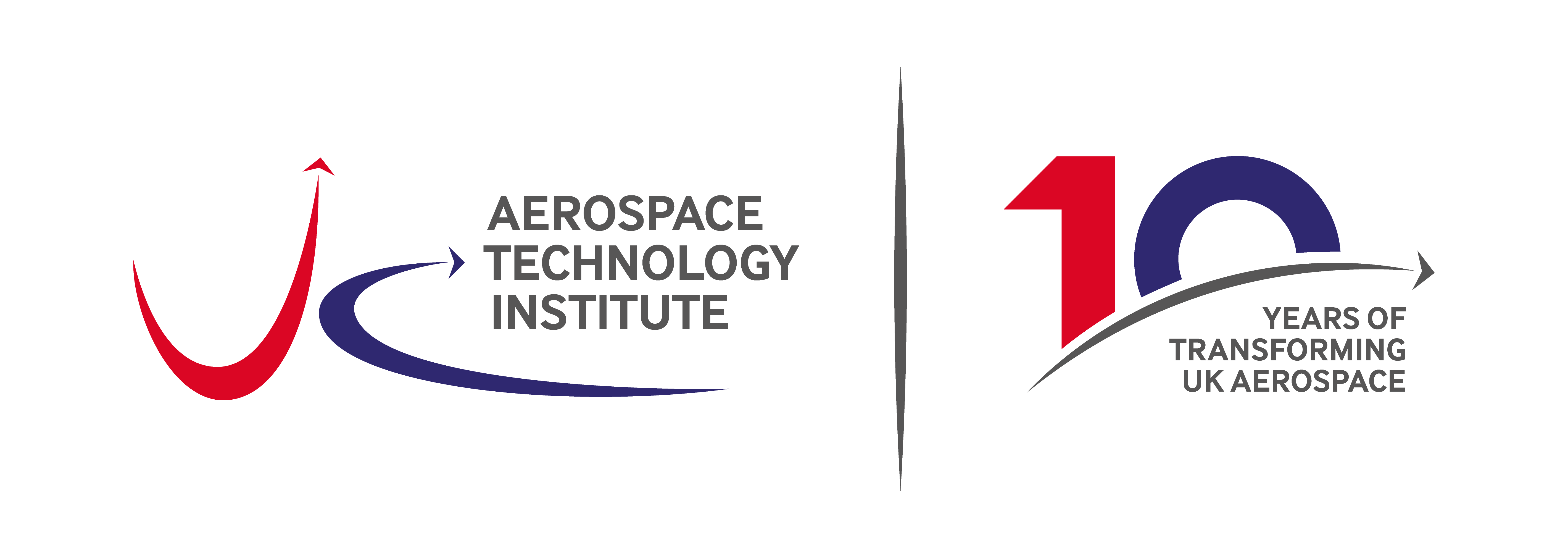Flying into a carbon-free future
FlyZero Project Director Chris Gear considers the journey to zero-carbon aviation.
COP26 has put climate change and global governments’ commitment to meet net-zero emissions at the top of the news agenda.
Led by the Aerospace Technology Institute (ATI) and backed by UK Government, FlyZero is an independent research project whose primary focus is developing a zero-carbon emission commercial aircraft. It comprises a team of highly talented aerospace engineers from around the UK who all believe that our mission is critical to support the UK achieving the 2050 net zero targets.
Our mission is to create a zero-carbon emission aircraft by the end of the decade and FlyZero is pushing the limits of the technology with the aim of unlocking medium and long-haul travel.
To date, we have designed and conceptualised three vehicles of different ranges and payloads, from an 80-seater to over 250-seater aircraft, whose primary energy sources are all zero-carbon emission. The largest vehicle, powered by liquid hydrogen burnt in a gas turbine engine has the capability to fly transatlantic from London to New York.
Our independent study, supported by industry, academia and research centres across the UK has enabled a much better understanding of the overall system requirements and certification needed to be developed for such a vehicle. It has also determined that liquid hydrogen’s properties as a lightweight fuel with three times the energy per kilogramme of kerosene and 60 times that of batteries, give it the potential to eliminate CO2 emissions.
Our study did not cover sustainable aviation fuel (SAF) that offers an opportunity to reduce the amount of CO2 generated in the atmosphere by the existing global fleet. At FlyZero, we believe that SAF represents an important stepping stone on the route to zero-emissions, but our research work indicates that liquid hydrogen can have a much bigger impact in the longer term.
This means today, that it is crucial we pursue both SAF and liquid hydrogen on the journey towards zero-carbon emissions flight. While it is important that SAF becomes more available and widely adopted right now, it is also critical that the UK moves forward with research and investment in liquid hydrogen today, building its capability and knowledge to become a leading engineering powerhouse in what could be the fuel of the future.
FlyZero’s ground-breaking concept could be a reality as soon as 2035. Its performance exceeds previous expectations within industry, and it provides the key technology bricks that need to be matured for aerospace. It does highlight that a step change is needed to accelerate our capabilities and skills in cryogenic liquid hydrogen and to ensure we engage with the global aviation and aerospace industry to make it a reality.
Our studies also included how this new concept vehicle would be operated, flown and what is needed at airports and in aviation. Along with the economic models for these aircraft and how they benefit airlines, we have studied the environmental impact on CO2 reductions based on early implementation of these vehicles. Our conclusions show that we need to have 15-25% of all large commercial aircraft operations using liquid hydrogen by 2050.
It is great to hear airlines and aircraft manufacturers increasingly discussing liquid hydrogen as a future fuel for aviation. From our work, we can see that quite a few liquid hydrogen technology bricks are important to producing an integrated aircraft propulsion system. These go beyond the normal evolution of existing engines and airframes. We are looking at products like cryogenic hydrogen tanks, fuel systems, hot fuel cells, hydrogen gas turbine combustors and thermal management systems. We need to continue to engage industry, academia, research centres and government to make these a reality.
I want to thank everyone that has supported FlyZero over the last 12 months. All our contributing companies and the FlyZero team who had demonstrated that with a focused team and mission anything is achievable.
I believe if we do not implement a liquid hydrogen strategy, we are very much at risk of missing our net-zero 2050 targets. To steal a quote from American President John F Kennedy’s speech in 1962 about landing a man on the moon before the end of the decade, “We are not doing this because it is easy, we are doing this because it is hard, but someone’s got to do it.”
We need to ensure that the UK does not lose out on the opportunity to develop key technologies for these future platforms. If we do not do this, we risk eroding our position as a key aerospace player.
What the FlyZero team has achieved, demonstrates that the UK can be a leading light in bringing the technologies required for zero-carbon emission flight to the global marketplace. As a country, we have the engineering power and academic capabilities to do this.

